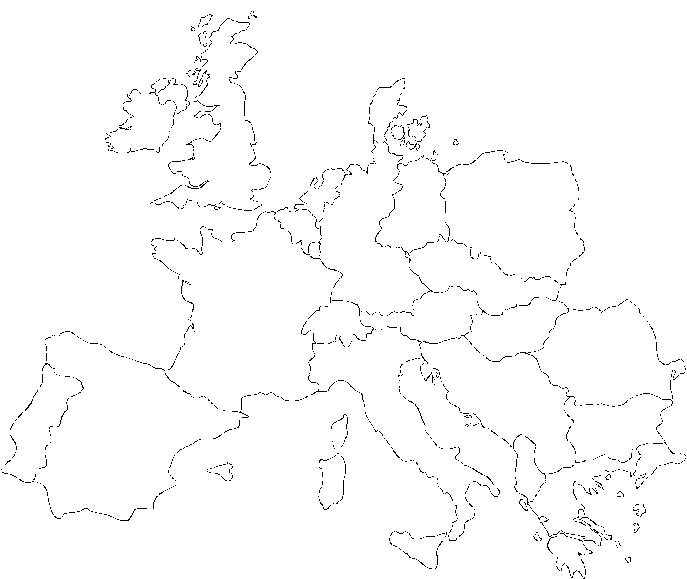8.1 KEY GRAMMAR REVISION -
PRESENT PERFECT TENSE
| Yleisperfektiä käytetään, kun
halutaan kertoa menneisyydessä alkaneesta toiminnasta,
joka liittyy vielä nykyhetkeen, tai joka jatkuu
edelleen. Perfekti
muodostetaan käyttämällä have tai has
+ verbin 3. muoto.
|
|
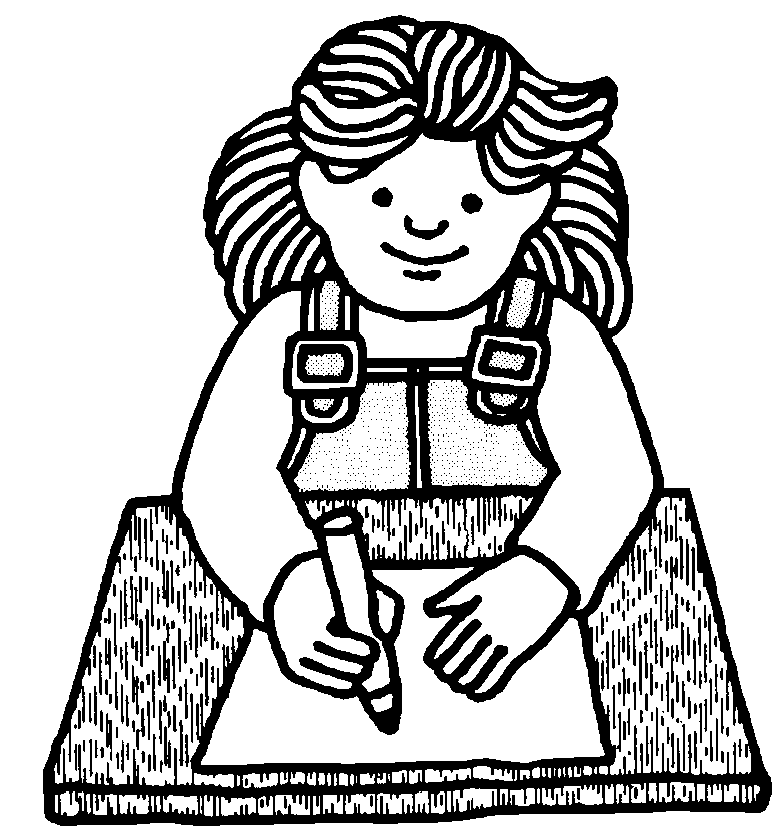 |
This is Jane. She is 14
years old. She studies English at school.
She started when she was 11.
She has studied English for 4 years.
(Perfektiä käytetään, koska toiminta jatkuu
edelleen.)
|
|
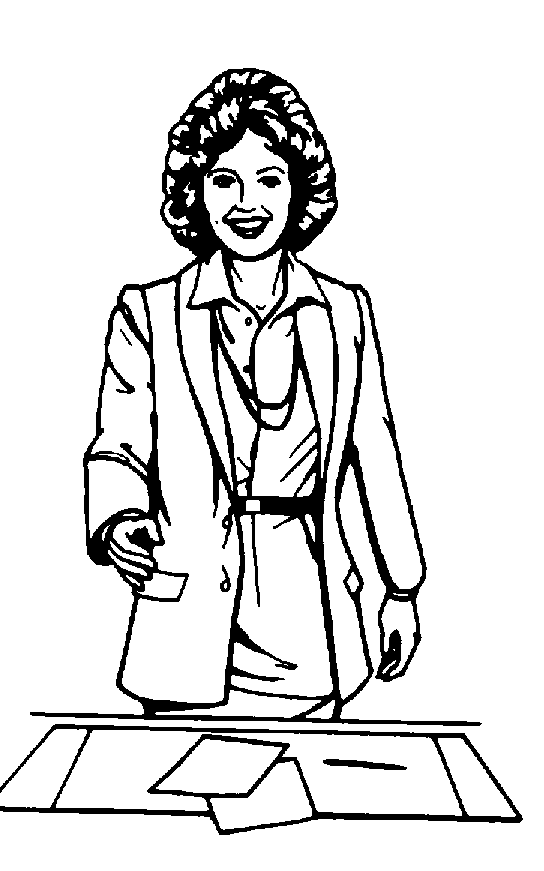 |
This is Jane’s mother, she’s 34. She studied English at school.
She started in 1971 and finished
in 1974.
She studied English for 4
years.
(Imperfektiä käytetään, koska
toiminta on jo loppunut.)
|
|
| John has
lived in Finland for 20 years. John on asunut
suomessa 20 v. (Hän tuli 20 vuotta sitten, ja on
edelleen täällä.) Vertaa:
Mike lived in Finland for 20 years. Hän asui
suomessa 20 vuotta. (Ei asu enää.)
|
| Perfektiä käytetään yleensä sellaisten
ajan ilmaisujen kanssa, jotka kuvaavat vielä jatkuvaa
aikaa. a) today, tonight
b) this morning, this afternoon,
this evening, this week, this month, this year, this
summer
c) since four o’clock, since
Tuesday, since June 12th, since yesterday
d) so far, ever (kysymyksessä),
just, yet, already, still
|
|
| IMPERFEKTIN JA PERFEKTIN ERO Katso tätä kysymystä ja vastausta.
1. Have you ever
seen the Queen of England? Yes, I’ve seen her
once.
2. When did you see her? I saw
her in 1989.
Ensimmäisessä kysymyksessä
halutaan tietää, oletko koskaan nähnyt
kuningatarta. Toisessa kysymyksessä tiedetään jo,
että olet nähnyt kuningattaren, mutta haluamme tietää
milloin menneisyydessä olet nähnyt
kuningattaren, siksi käytetään imperfektiä.
|
|
|
THE PRESENT
PERFECT TENSE - POSITIVE
| I |
|
|
|
|
|
received |
|
|
|
|
|
|
I have received
three letters today. |
| You |
|
|
|
|
|
typed |
|
|
|
|
|
|
You have typed 6
pages so far today. |
| We |
|
|
have |
|
|
bought |
|
|
|
|
|
|
We have bought 6
books today. |
| They |
|
|
|
|
|
waited |
|
|
|
|
|
|
They have waited
for three hours. |
| |
|
|
|
|
|
|
|
|
|
|
|
|
|
| He |
|
|
|
|
|
read |
|
|
|
|
|
|
He has read many
books this week. |
| She |
|
|
has |
|
|
asked |
|
|
|
|
|
|
She has asked
many questions this lesson. |
| It |
|
|
|
|
|
rained |
|
|
|
|
|
|
It has rained
all the week. |
|
THE PRESENT
PERFECT TENSE - NEGATIVE
| I |
|
|
|
|
|
washed |
|
|
|
|
|
|
I haven’t
washed my car yet this week. |
| You |
|
|
have not |
|
|
answered |
|
|
|
|
|
|
You haven’t
answered the question. |
| We |
|
|
(haven't) |
|
|
been |
|
|
|
|
|
|
We haven’t
been to Brazil. |
| They |
|
|
|
|
|
finished |
|
|
|
|
|
|
They
haven’t finished their breakfast yet. |
| |
|
|
|
|
|
|
|
|
|
|
|
|
|
| He |
|
|
|
|
|
smoked |
|
|
|
|
|
|
He hasn’t
smoked any cigarettes this week. |
| She |
|
|
has not |
|
|
done |
|
|
|
|
|
|
She hasn’t
done her homework. |
| It |
|
|
(hasn't) |
|
|
snowed |
|
|
|
|
|
|
It hasn’t
snowed this winter. |
|
THE PRESENT
PERFECT TENSE - QUESTIONS
| |
|
|
I |
|
|
understood ? |
|
|
|
|
|
|
Have I
understood correctly? |
| |
|
|
you |
|
|
talked ? |
|
|
|
|
|
|
Have you talked
to them about it yet? |
| Have |
|
|
we |
|
|
decided ? |
|
|
|
|
|
|
Have we decided
where to go yet? |
| |
|
|
they |
|
|
seen ? |
|
|
|
|
|
|
Have they seen
Forrest Gump? |
| |
|
|
|
|
|
|
|
|
|
|
|
|
|
| |
|
|
he |
|
|
been ? |
|
|
|
|
|
|
Has he ever been
to England? |
| Has |
|
|
she |
|
|
spent ? |
|
|
|
|
|
|
Has she spent
much money today? |
| |
|
|
it |
|
|
snowed ? |
|
|
|
|
|
|
Has it ever
snowed in Finland in July? |
|
LONG AND SHORT
ANSWERS:
| Have you ever
been to England? |
|
|
Yes, I’ve
been to England. |
|
|
Yes, I have. |
|
| |
|
|
No, I
haven’t been to England. |
|
|
No, I
haven’t. |
|
| |
|
|
|
|
|
|
|
| Has she seen The
Lion King? |
|
|
Yes, she’s
seen The Lion King. |
|
|
Yes she has. |
|
| |
|
|
No, she
hasn’t seen The Lion King. |
|
|
No, she
hasn’t. |
|
|
LONG QUESTIONS
| KYSYMYSSANA/ FRAASI |
|
|
HAVE/HAS |
|
|
SUBJEKTI |
|
|
VERBIN 3. MUOTO |
|
LOPPUOSA |
| |
|
|
|
|
|
|
|
|
|
|
|
| How much money |
|
|
have |
|
|
you |
|
|
spent |
|
today? |
| How often |
|
|
have |
|
|
you |
|
|
been |
|
to the cinema, this
month? |
| How many times |
|
|
has |
|
|
he |
|
|
seen |
|
that video? |
| What |
|
|
have |
|
|
they |
|
|
done |
|
today? |
| |
|
|
|
|
|
|
|
|
|
|
|
|
8.2 KEY GRAMMAR POINT
- SOME TIME EXPRESSIONS
EVER/NEVER, JUST,
STILL, YET, ALREADY
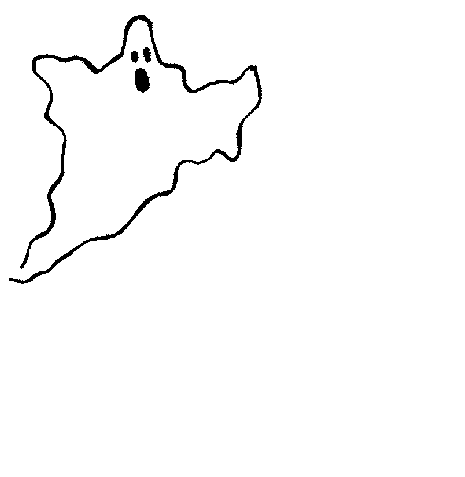
Have you ever
seen a ghost? No, never.
| EVER/NEVER - koskaan/
ei koskaan Have you ever eaten snake meat? No,
I’ve never eaten snake meat.
|
| JUST - juuri He’s
just arrived.
We’ve just finished.
|
| YET - vielä
Kysymyksissä ja kielteisissä lauseissa (ei koskaan
myönteisissä lauseissa). Have you started yet?
No, I’m afraid I haven’t started yet.
Have they finished the new road yet? No, not yet.
|
| ALREADY - jo
Käytetään myönteisissä lauseissa, kun jotain on
tapahtunut ennen odotettua aikaa Yes, we’ve
already started.
Yes, they’ve already finished it.
Do you want to come to the musical? - No, thanks.
I’ve already seen it.
|
| STILL - yhä,
vielä Tilanteessa, joka jatkuu yhä. They still
haven’t answered our letter.
She still hasn’t returned.
|
8.3 Reading - On
holiday
John Miles is on a 14 day tour of
Europe. He’s halfway through the tour and telephones his girlfriend Mary to tell her
about it.
| John: Mary:
John:
|
Hi Mary, this is John here. Oh
hello John. how are you, and where are you?
I’m fine thanks Mary - at the moment I’m in
Paris, I’m phoning from a phone-box outside the
hotel. We’re waiting for the coach to take us on a
sightseeing tour.
|
| Mary: John:
Mary:
|
Paris, how wonderful, how
long have you been in Paris? Have you been up the Eiffel
tower yet? I’ve been here for a day and a half but
I haven’t been up the Eiffel tower yet. We’re
going there tomorrow with the group. I’ve been to
the Louvre museum.
Have you? How marvellous. When did you go there?
|
| John: Mary:
John:
|
We went there yesterday. We
spent an hour in the museum, but you
really need a whole day. There are so many things to see. I’m
sure there are. You haven’t sent me a postcard yet.
I have. I sent you a postcard from Rome three days
ago. Haven’t you got it yet?
|
| Mary: John:
Mary:
John:
|
No, not yet. Have you been
to Athens yet? Yes, we went there before we went to
Rome. It was very expensive in Athens.
Have you spent all your money yet?
No, not yet. I’ve still got some left. But if I
run out, I’ll use my credit card.
|
| Mary: John:
Mary:
John:
|
How many rolls of film have
you used? I’ve used about three rolls of film, and
I’ve taken about two hours of video.
I look
forward to seeing those. Have you bought many souvenirs yet?
I bought some perfume for you yesterday. Look,
I’ve got to go, Mary, the bus has just arrived,
I’ll phone you again in three days time.
|
| Mary: John:
|
OK. Bye-bye John. Take
care of yourself. Bye Mary.
|
8.4
Exercise - Please answer these questions.
8.5 Reading practice
- New York, New York
Read this letter from the Mayor of New York to the visitors to New York, and
also the five descriptions of tourist attractions in New York.
| THE CITY
OF NEW YORK, OFFICE OF THE MAYOR Dear Friends,
On behalf of the people of New York City, I would
like to welcome you to our City so full of excitement and diversity.
The people of New York City
live within the five boroughs of Manhattan, Brooklyn, Queens, the
Bronx and Staten Island. Each of these boroughs offers a unique collection of experiences and attractions that promise a memorable visit.
I invite you to visit our
internationally famous theaters restaurants and museums,
or tour our historic parks, churches and ·-
landmarks,
including the Empire State Building, World Trade Center,
Statue of Liberty and Ellis Island. Also this year, The
American Museum of Natural History is proudly celebrating its 125th anniversary with the reopening of two dinosaur halls
You may want to spend your day
shopping in our fine department stores and boutiques. In the evening you can enjoy one of
our many night-clubs, the ballet, opera, a Broadway show
or concert. Sports fans also can watch the best in basebaII, football, basketball, hockey or soccer - New York City has
them all.
Whatever your interests. I wish
you an enjoyabIe visit!
Sincerely
Rudolph W. Giuliani, Mayor
|
|
| Fifth
Avenue Fifth Avenue is ranked among the world's most impressive boulevards, alongside
the Champs Elysees and the Ginza. Here you will discover
everything from jewellery to home furnishings,
fashions, sporting goods and objets d'art.
A stroll up
the avenue will take you past some of the most prestigious
names in the fashion world, including Tiffany's, Hermes,
Bally and St. John. You'll also find famous department
stores such as Saks Fifth Avenue and Bergdorf Goodman. Not to be missed is Trump Tower, with its marbled atrium, waterfalls
and trendy
shops.
|
 |
| Empire
State Building When it was built in 1931 it was the highest building in the
world, and it stayed the highest building for 41 years. This
beautiful and graceful
building is 1,454 feet
high. You take 3 lifts to get to the observation platform at the top, from where you get a superb view of New York and its surrounding
area.
|
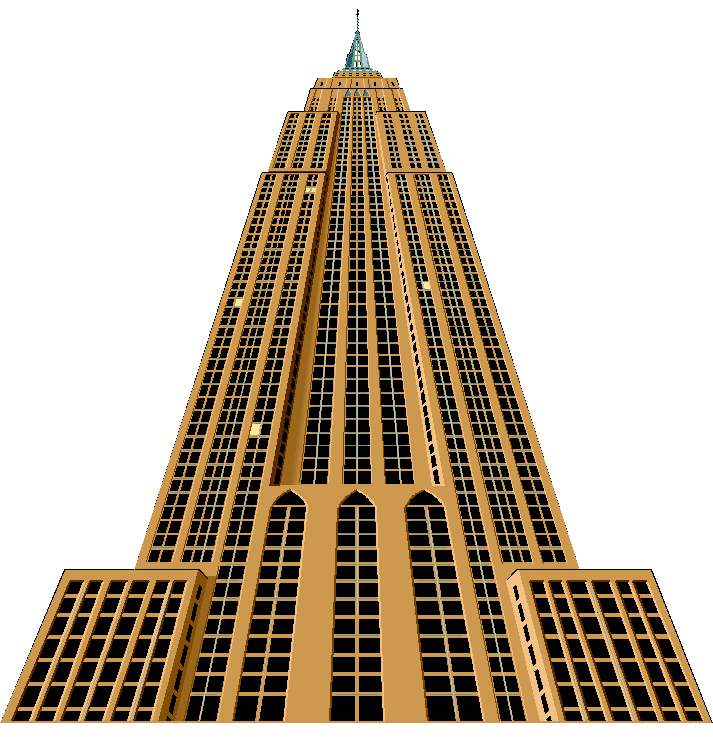 |
| The
Statue of Liberty In
1885 the French government gave this impressive
statue to the American people in honour of
their alliance in
the War of Independence.
This amazing work
of art is 46 metres tall and weighs over 200 tons. It’s the world’s
most famous symbol of liberty. Thousands of tourists visit it every day
and there is an observation deck in the crown.
Greenwich Village
This is the bohemian centre of New York. The buildings are low
and 300 years ago this really was a village. Today
it’s a very fashionable
area with tree-lined
streets full of restaurants and pubs, night-clubs and
cafes. The home of thousands of actors, musicians and students who enjoy its carefree, cosmopolitan
atmosphere.
Central Park
New Yorkers like to tell you that
this is the largest park in the world. In
fact it’s two and a
half miles long and half a mile wide and it’s the
place where New Yorkers go to relax. In Central Park you can jog, go horse-riding, go boating or simply sit on the grass and look at the wildlife. In summer you can also watch dance, music
and theatre performances.
|
 |
8.7
Listening comprehension
8.10 KEY GRAMMAR POINT -
TAG QUESTIONS
| TAG QUESTIONS (Liitekysymykset) |
Look at this conversation
A: It’s a beautiful day,
isn’t it?
B: Yes, it is. It isn’t
usually so warm in spring, is it?
A. No it isn’t. The
tulips look lovely, don’t they?
B: Yes, they do.
..... isn’t it?
ja .... is it? mielipiteen perässä
ovat liitekysy- myksiä.
Liitekysymykset ovat
eräänläinen keskustelutekniikka.
|
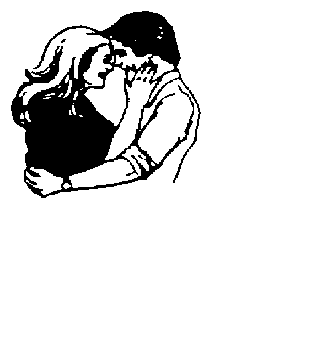 You
do love me, don’t you?
|
| Liitekysymyksiä käytetään
silloin kun: 1)
Haluamme aloittaa keskustelun jonkun kanssa. It’s a
lovely day, isn’t it?
2) Kun haluamme varmistaa asian.
The train leaves at 10.00, doesn’t it?
3) Kun haluamme pakottaa toisen
ihminen vastaamaan. You can hear me, can’t
you?
Kaikki liitekysymykset
tarkoittavat "eikö totta?" ja kaikissa
käytetään apuverbiä.
|
|
| Liitekysymyksen teko: Jos päälause on myönteinen ----------
liitekysymys on kielteinen
Jos päälause on kielteinen
------------ liitekysymys on myönteinen
Liitekysymys toistaa samassa
aikamuodossa päälauseen.
|
|
| BE-VERBI
(yksinään tai going to + kestomuodon kanssa) You are English, aren’t you?
You aren’t French, are
you?
They’re going to travel, aren’t
they?
He isn’t very old, is
he?
She isn’t working today, is
she?
We weren’t welcome, were
we?
I wasn’t sleeping, was
I?
|
PREESENS JA IMPERFEKTI You take milk in your coffee, don’t
you?
You don’t take sugar in your
tea, do you?
She doesn’t speak Spanish, does
she?
He likes New York, doesn’t
he?
Mary works in London, doesn’t
she?
They came by taxi, didn’t
they?
They didn’t stay long, did
they?
|
| HAVE You’ve got a ticket, haven’t
you?
They haven’t arrived yet, have
they?
He’s got a lot of friends, hasn’t
he?
|
WILL You’ll help me, won’t
you?
They won’t go too fast, will
they?
|
| CAN They can swim, can’t they?
He can’t ski, can he?
|
MUST/NEED We must try, mustn’t we?
They needn’t come, need
they?
|
8.11
Quick exercise - Complete the
sentences using tag questions
8.12 KEY FUNCTION -
MAKING SMALL TALK
SMALL TALK
In the English speaking world and in many
other countries, small talk is a very important part of
communication. Small talk is used for many reasons, to get to
know somebody better, to make the atmosphere more relaxed, to
show that you are interested in a person and to show that you
like that person. Small talk is:
ASKING DIRECT
QUESTIONS
ASKING TAG
QUESTIONS
MAKING
COMMENTS
RESPONDING TO
COMMENTS ( respond = reply)
ANSWERING
QUESTIONS
ACTIVE
LISTENING
| ASKING QUESTIONS
|
|
|
|
|
|
|
|
When did you arrive? |
| |
|
|
|
|
|
|
|
How was the journey? |
| |
|
|
|
|
|
|
|
What was the weather like in
London? |
| |
|
|
|
|
|
|
|
Have you ever been to Finland
before? |
| |
|
|
|
|
|
|
|
What do you think of our weather? |
| |
|
|
|
|
|
|
|
Is your hotel comfortable? |
| |
|
|
|
|
|
|
|
|
| ASKING TAG QUESTIONS |
|
|
|
|
|
|
|
You arrived last night, didn't
you? |
| |
|
|
|
|
|
|
|
You travelled from Helsinki by
car, didn't you? |
| |
|
|
|
|
|
|
|
It's a beautiful day, isn't it? |
| |
|
|
|
|
|
|
|
It's not very nice today, is it? |
| |
|
|
|
|
|
|
|
You're staying at the Cumulus
Hotel aren't you? |
| |
|
|
|
|
|
|
|
|
| MAKING COMMENTS |
|
|
|
|
|
|
|
It's a long flight from Singapore |
| |
|
|
|
|
|
|
|
Most of our visitors stay in the
Cumulus Hotel. |
| |
|
|
|
|
|
|
|
We've had a lot of snow this
year. |
| |
|
|
|
|
|
|
|
They serve very good food in
Cumulus. |
| |
|
|
|
|
|
|
|
Hämeenlinna isn't a very large
town. |
| |
|
|
|
|
|
|
|
|
| RESPONDING TO COMMENTS
|
|
|
|
|
|
|
|
|
| |
|
|
|
|
|
|
|
|
| It's a long
flight from Singapore. |
|
|
|
|
Yes it is, more than 12 hours. |
|
|
|
| Most of our visitors stay
there. |
|
|
|
|
It's a very nice hotel. |
|
|
|
| We've had a lot of snow
this year. |
|
|
|
|
Have you? We haven't had any this
year. |
|
|
|
| They serve very good food
in Cumulus. |
|
|
|
|
I must say that the breakfast was
excellent. |
|
|
|
| We get a lot of tourists
here in summer. |
|
|
|
|
I imagine it's beautiful in
summer. |
|
|
|
| |
|
|
|
|
|
|
|
|
| ANSWERING QUESTIONS |
|
|
|
|
|
|
|
|
| |
|
|
|
|
|
|
|
|
| When did you arrive? |
|
|
|
|
Last night. About ten actually. |
|
|
|
| How was the journey? |
|
|
|
|
Very pleasant, thank you. |
|
|
|
| What was the weather like
in London? |
|
|
|
|
Typical English weather, cold and
wet. |
|
|
|
| Have you ever been to
Finland before? |
|
|
|
|
No, this is my first time. |
|
|
|
| What do you think of our
weather? |
|
|
|
|
A little cold, I prefer warmer
weather. |
|
|
|
| |
|
|
|
|
|
|
|
|
| ACTIVE LISTENING |
|
|
|
|
|
|
|
|
| |
|
|
|
|
|
|
|
|
| It's the largest factory
in Finland. |
|
|
|
|
Really! |
|
|
|
| The office was built last
year. |
|
|
|
|
I see. |
|
|
|
| We've got 4000 employees. |
|
|
|
|
Mmm. |
|
|
|
| There was an accident
this morning. |
|
|
|
|
Oh dear. |
|
|
|
8.15
Quick exercise - Fill in the
gaps using still, yet or already
8.16
Pronunciation practice
8.17 KEY GRAMMAR
REVISION -
SOME ANY SOME/ANY +
ONE/BODY/THING/WHERE
| MUUTAMIA
SÄÄNTÖJÄ: a)
SOME käytetään yleensä myönteisissä lauseissa ja
ANY kielteisissä lauseissa.
| I’ve got some
oranges. |
|
|
|
|
They haven’t got any
money. |
| There’s something
in my coffee. |
|
|
|
|
He hasn’t got anywhere
to live. |
|
b) Any /
anyone / anything jne. käytetään if-sanan jälkeen.
| If you want anything
else, please ask. |
| If anybody
telephones, tell them I’ll ring them back |
| If any
letters arrive for me, please send them to my new
address |
|
c)
Kysymyksissä käytetään ANY, ei SOME-sanaa.
| Has she got any
money? |
|
|
|
|
Has anybody got
the answer? |
Mutta, käytämme usein
SOME kun odotamme "yes" vastaus:
Have you got somewhere
nice to live now? (Olen varma että sinullä ON.)
Käytämme SOME kun
tarjoamme, tai pyydämme tarjoilua:
| Would you like some
biscuits? |
|
|
|
|
Could I have some
coffee, please? |
|
|
d) ANY /
ANYONE / ANYBODY / ANYTHING / ANYWHERE voi myöskin
tarkoittaa mitä -, ketkä-, tai missä tahansa
| You can read any
of these books, they’re all good. |
| You can eat anything
you want. |
| Go anywhere
you want. |
| The door was open, anybody
could have come in. |
|
e) SOMEONE /
SOMEBODY / ANYONE / ANYBODY tarkoittavat yksikköä
| Someone
is at the door. |
| Is anybody
there?. |
|
f) NO-ONE /
NOBODY / NOTHING / NOWHERE, Näitä kielteisiä sanoja
käyetään lauseen alussa tai yksin.
| Nothing
makes her happy. |
| Nobody
was there. |
| Where are you going? Nowhere. |
|
g) EVERYONE
/ EVERYBODY / EVERYWHERE / EVERYTHING
| Everyone
enjoyed the party. |
| I’ve done everything
to help her. |
| I can’t find my
glasses, I’ve looked everywhere. |
|
8.18
Quick exercise - Complete
these sentences with a suitable word
8.19
Reading practice - Read this puzzle and answer the questions
to find the answer
8.20 Reading - Facts
about Finland
Finland is one of the northernmost
countries of Europe, it is located between Russia on the east,
Sweden on the west, and Norway on the north. On the west coast
Finland is bordered by the Gulf
of Finland in the south and the Gulf of Bothnia in the North.
About one third of the length of the country lies north of the
Arctic Circle.
Because of the hard climate most of the Finnish people live in the southern
third of the country, either along the coast on the Baltic Sea
and the Gulf of Finland or around the edges of the numerous lakes.
Finland is a stable, progressive country. It has been independent
since 1917. Finland was defeated twice by the Soviet Union during World War II. The
Finns lost valuable land areas
and were forced to pay a lot
of money to the Soviet Union. Since that time the Finns have rebuilt their country and have maintained a neutral foreign policy.
Finland's land area covers nearly 340,000
square kilometers . In 1990 there was an average of about 16.4
people per square kilometer. Most of the country is low lying
with some small mountains and hilly areas in the far north. There
are around 550 000 lakes in Finland and inland water covers about
10 percent of Finland's area. The best land for farming is mainly
along the coast and around the inland lakes in south and central
Finland.
Finland has a northern continental type
climate. In the southern part, winds off the North Atlantic and
the Baltic Sea prevent severe weather conditions. Northern Finland has long,
hard winters and short, cool summers.
Frost can occur during any month in the north, and even in the
south the growing season is only three months. Because of the
country's far northern latitude, it has long hours of summer
daylight. The annual average precipitation ranges from 60
centimeters in the south to 41 centimeters in the far north.
Winter snowfall is considerable.
Takaisin
alkuun
Takaisin etusivulle



